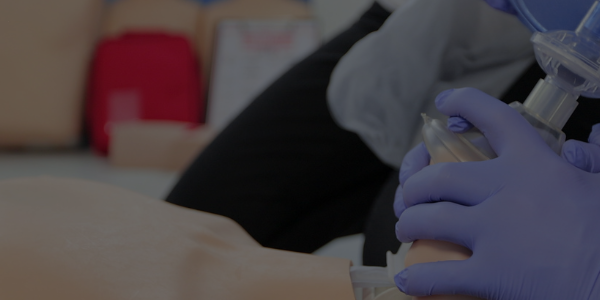What is an Automated External Defibrillator?
An Automated External Defibrillator is a small, portable device that is used to treat sudden cardiac arrest.
It delivers an electrical shock through the chest to the heart. The shock can potentially stop an irregular heartbeat and allow a normal rhythm to resume following sudden cardiac arrest.
An AED is used to treat ventricular fibrillation (VF) or pulseless ventricular tachycardia (VT).
An automated external defibrillator (AED) is used to treat sudden cardiac arrest. A sudden cardiac arrest occurs when the heart suddenly and unexpectedly stops beating.
SCA is a condition in which the heart suddenly and unexpectedly stops beating. If this happens, blood stops flowing to the brain and other vital organs.
SCA usually causes death if it’s not treated within minutes.
The most common cause of SCA is an abnormal heart rhythm called ventricular fibrillation — when rapid, erratic electrical impulses cause your ventricles to quiver uselessly instead of pumping blood.
Ventricular fibrillation can result from coronary artery disease or other heart problems.
During sudden cardiac arrest, death occurs within minutes if defibrillation doesn’t occur.
Defibrillation consists of delivering a therapeutic dose of electrical energy to the affected heart with a device called a defibrillator.
This depolarizes a critical mass of the heart muscle, terminates the dysrhythmia, and allows normal sinus rhythm to be reestablished by the body’s natural pacemaker (the sinoatrial node).
How Does an AED Work?
When a heart suddenly stops beating due to VF or VT, the electrical activity of the heart becomes very disorganized, and the heart cannot pump blood to the body. VF is a rapid, uncoordinated firing of impulses from the ventricles (lower chambers) of the heart. VT is a rapid but organized electrical activity in the ventricles.
The purpose of CPR is to keep oxygenated blood flowing throughout the body so that vital organs are preserved until normal heart function can be restored. Once adequate oxygenated blood flow from CPR has been established, defibrillation may be attempted by delivering a counter-shock that terminates VF or VT and restores normal sinus rhythm
When should an AED be used?
An AED should be used if someone is unresponsive and not breathing normally after sudden cardiac arrest. This device can work on b
Who needs an AED?
Anyone can use an AED during a cardiac arrest to save a life. They are proven safe and effective even when used by someone with no medical training. Studies show that the earlier CPR is started and defibrillation is delivered, the greater the chance of survival from sudden cardiac arrest.
Please note that regular First Aid and CPR Training is the best way to make sure that you’re prepare in the case of an emergency. Book a course with us!
Find this article useful? Read more of our blogs here!





